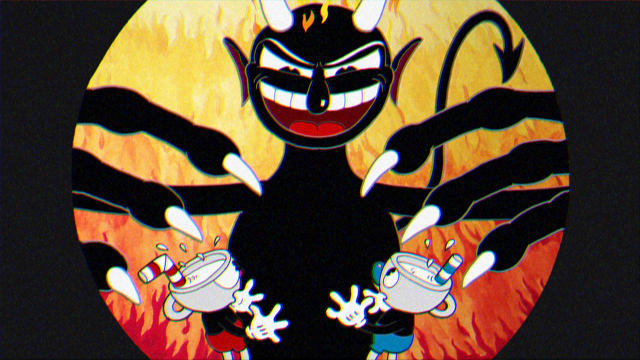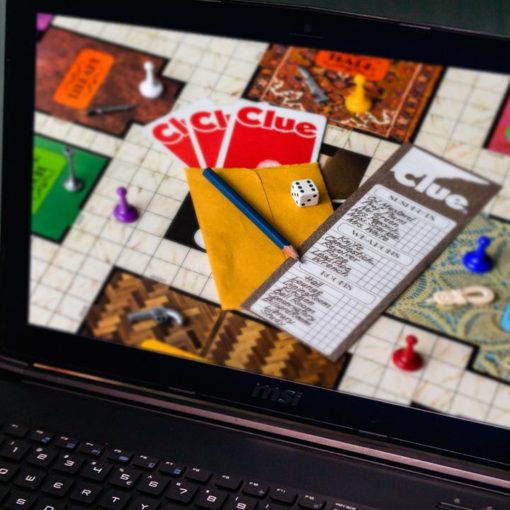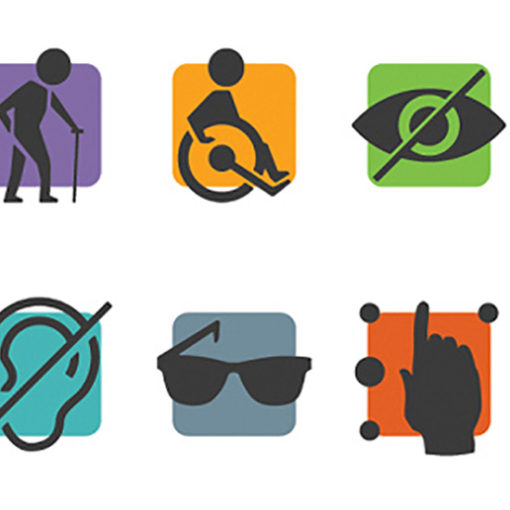Power Hour Reviews are a new NYMG feature in which we spend one intense hour playing newly released games in order to get a sense not only of the game’s mechanics and characterization, but its narrative as well. Let us spend our time first, so that you don’t have to waste yours.
After both figuratively and not so figuratively snatching the right to review Quantic Dream’s latest title Beyond: Two Souls, recently released as a Playstation 3 exclusive, out of the hands of my fellow writers here at NYMG (sorry gals!), I had been eager to dive into the much anticipated game. Ever since it first premiered at E3 more than two years ago, I was addicted to it: the paranormal aspects, which are always a favorite of mine; the impressive technical power present in its graphics both within cutscenes and during the actual gameplay; the plot that spans years and life stages; and, perhaps most strikingly, the female protagonist, Jodie, wielder of a mysterious power and the core of the story. Thus far, Beyond, for the most part, has demonstrated itself as possessing all of these qualities, though it is not without its flaws.
Much similar to Quantic Dream’s previous game Heavy Rain, Beyond is more of an interactive drama or movie than a traditional, mechanics-based video game. Though as a writer I appreciate the unique take on a medium with so much opportunity for storytelling, this game is not recommended to anyone who skips through cutscenes and thrives on largely controlling the action. The actual gamepl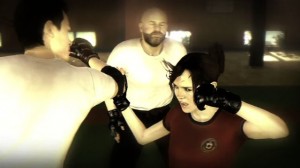 ay is rather miniscule. At some points it feels like it was just tacked on to involve the player in some way before shifting to a cutscene, though it does allow the player to chose certain actions, explore smaller aspects of the story, and partially decide what direction they want to take Jodie’s character. While there is a basic set of controls used at different points in the game, each chapter makes use of them in a slightly different manner, sometimes making it a challenge to memorize and master the controls. For the most part, however, it involves intuitive motions with a heavy emphasis on the control stick.
ay is rather miniscule. At some points it feels like it was just tacked on to involve the player in some way before shifting to a cutscene, though it does allow the player to chose certain actions, explore smaller aspects of the story, and partially decide what direction they want to take Jodie’s character. While there is a basic set of controls used at different points in the game, each chapter makes use of them in a slightly different manner, sometimes making it a challenge to memorize and master the controls. For the most part, however, it involves intuitive motions with a heavy emphasis on the control stick.
One feature of the gameplay that creates an interesting dynamic is the inclusion of the option to involve a second player. If selected, the second player plays the role of Aiden, the spirit that Jodie controls and is linked with. An invisible presence, he can affect other characters and items, and his intervention is crucial at certain points. The degree of intervention is, in some situations, up to the player’s discretion. In one scene in which Jodie attends a party with hostile teenagers, the player may decide to what degree, if any, they want Aiden to get revenge on the terrified teens – from slightly moving objects to throwing chairs at the teens and catching the house on fire. If just playing as a single player, that player will then control both characters and switch between them. If in two player, the person controlling Jodie summons Aiden, and then the Aiden player 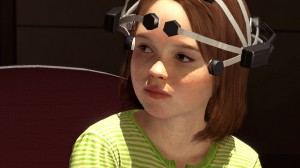 has to decide when to relinquish control back to Jodie. I found it rewarding to play with two players, not just because it allowed my fiancé to be included while I gamed, but because it more fully endowed the game with the “two souls” quality portrayed in the title and really cemented the fact that these two identities, while linked, still have their own agencies.
has to decide when to relinquish control back to Jodie. I found it rewarding to play with two players, not just because it allowed my fiancé to be included while I gamed, but because it more fully endowed the game with the “two souls” quality portrayed in the title and really cemented the fact that these two identities, while linked, still have their own agencies.
After only an hour, it is difficult to determine where exactly Beyond’s narrative is headed or what end the game will achieve, an idea that is further instilled by the fact that the timeline-based loading and scene screen tells me I haven’t even yet reached the “Prologue” event. However it is clear that no matter where the plot goes, Jodie will be the driving force behind it. Needless to say, as an interactive story, Beyond is very plot heavy, though perhaps more character driven, following Jodie’s quest, than narrative driven as its clear direction gets a bit muddled. The story follows Jodie in chapter-like scenes that break chronological order, each focusing on important stages in her life and hinting at her full tale. The player gets to see Jodie as a young child unsure of the role she’s being thrust in, Jodie as an awkward teenager, Jodie as a young adult, and jump around between these ages. While it is an interesting effect, it can be rather jarring, and is perhaps one that leaves the narrative feeling disjointed and occasionally hard to follow. There are plenty of decision making opportunities but it is difficult to know at this point if these decisions will have any large impact on the course of the story. They seem like they might have some dramatic effects, but many appear to be mostly surface level decisions and that quality does rob away some of its interactivity, leaving the game with a feeling of passivity. .
The closeness to Jodie, coupled with a strong performance by Ellen Page, also allows the player to get attached and emotionally invested to Jodie’s character, even with a minimal time spent playing. She is a sincere and very likable character, and the player even has the option to, given prompts to pick what actions to take and what dialogue to say, mold her character to a certain extent. She can be shy and reserved about revealing her abilities, she can refuse to do them altogether, she can be sincere, or she can lie or deny things. Regardle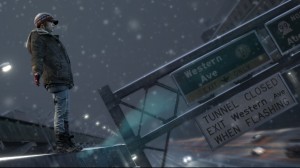 ss of your choice it’s difficult to not get connected to her and to not want to beat up those that bully her (Aiden is great for revenge). While she does start off under the control of the government labs, she has already begun to reclaim her own agency and the tale is very reminiscent of a coming of age story. She is undoubtedly the largest draw of the game and it is an invigorating experience to watch her develop as a result of and despite the roles attached to her and her gift.
ss of your choice it’s difficult to not get connected to her and to not want to beat up those that bully her (Aiden is great for revenge). While she does start off under the control of the government labs, she has already begun to reclaim her own agency and the tale is very reminiscent of a coming of age story. She is undoubtedly the largest draw of the game and it is an invigorating experience to watch her develop as a result of and despite the roles attached to her and her gift.
Equipped with motion capture technology and gorgeous settings and detail, there is no denying that Beyond is technically spectacular. In a game that portrays Jodie less as a character and more as a realistic person shaped by her experiences, the visuals mesh well, appearing at times hauntingly real. Though most settings thus far are rather ordinary in perspective, they all bear a sense of wonder and captivate, and I largely found myself wanting to explore them even when I could not.
Overall I would recommend experiencing Beyond: Two Souls if for nothing else then to experience a game that paints a sympathetic and passionate female character in a real and compelling world.

